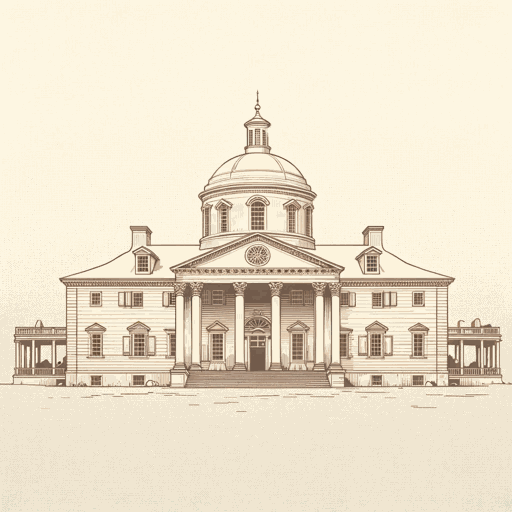41 pages • 1 hour read
Joseph J. EllisFounding Brothers: The Revolutionary Generation
Nonfiction | Book | Adult | Published in 2000A modern alternative to SparkNotes and CliffsNotes, SuperSummary offers high-quality Study Guides with detailed chapter summaries and analysis of major themes, characters, and more.
Chapters 5-6 Chapter Summaries & Analyses
Chapter 5 Summary: “The Collaborators”
There are fears that the first contested presidential election in 1796, following Washington’s retirement, will tear the country apart, as real political distinctions between Federalists and Republicans come to the fore. The spirit of ’76 continues, and a chief qualifier for becoming president is having played a dominant role in the Revolution.
By the spring of 1796, the choice is between Vice President John Adams and Thomas Jefferson. On the face of it, they are very different. Adams is a short, stout, and candid New Englander, while Jefferson is a tall, willowy, elusive Virginian. Adams had made “American independence his life project” (164). He had been Washington’s vice president, a frustrating role that afforded him little power and influence and had come under suspicion that he wished to reinstate a sort of monarchy when he published a series of essays, titled “Discourses on Davila,” in which he argued that all stable governments required a “monarchical principle”—in other words, a single figure to embody the will of the nation (168).
The essays are the reason for a serious rift between Jefferson and Adams, who had worked together to draft the Declaration of Independence and been close enough to seem “soulmates” (163).
Related Titles
By Joseph J. Ellis





